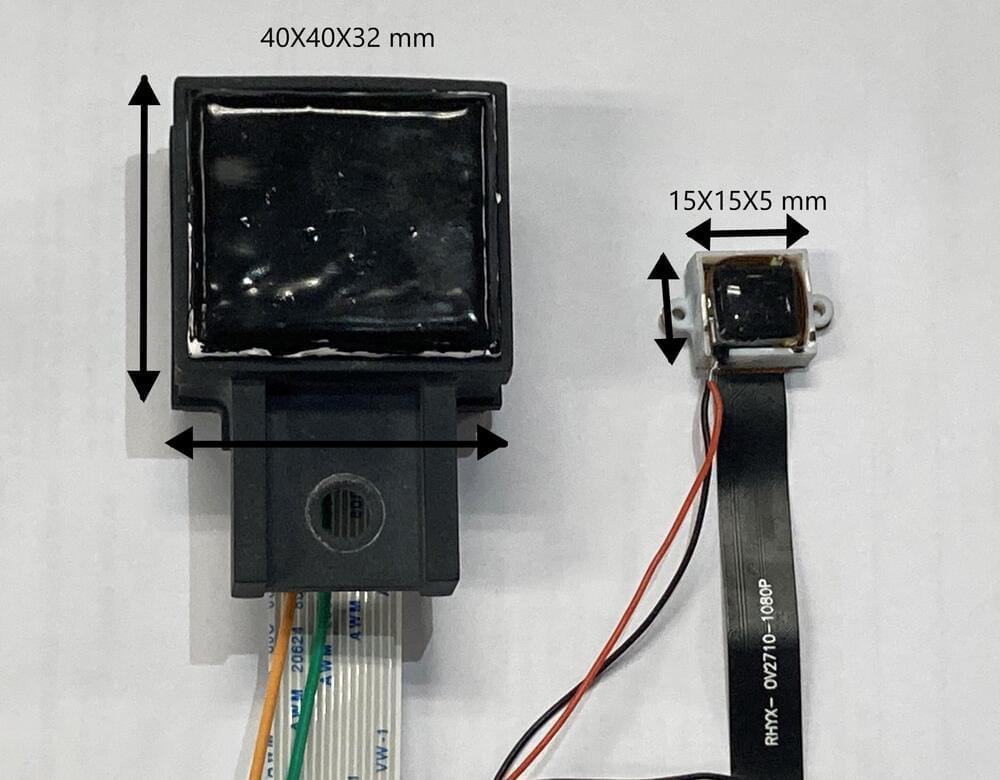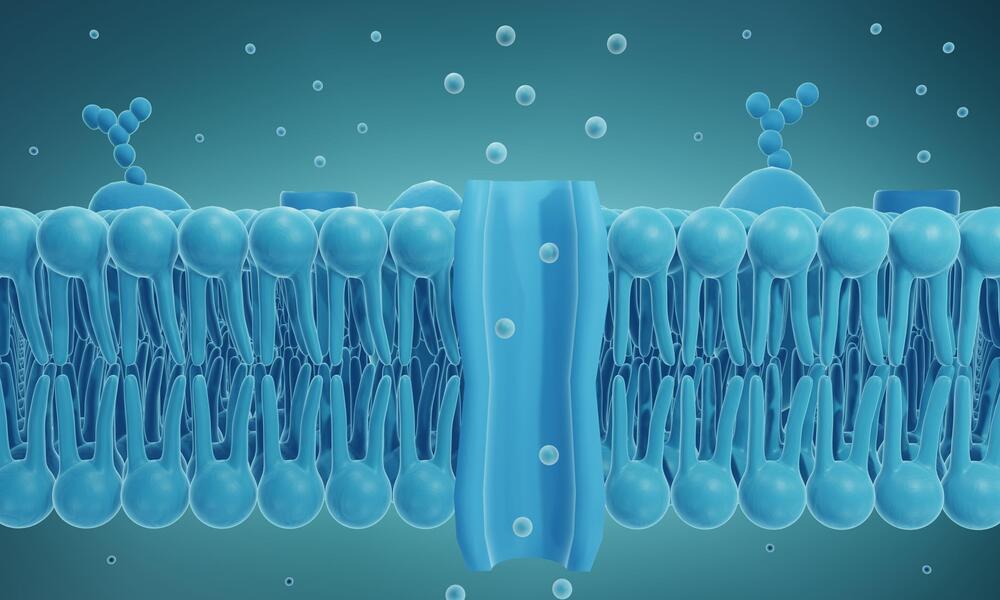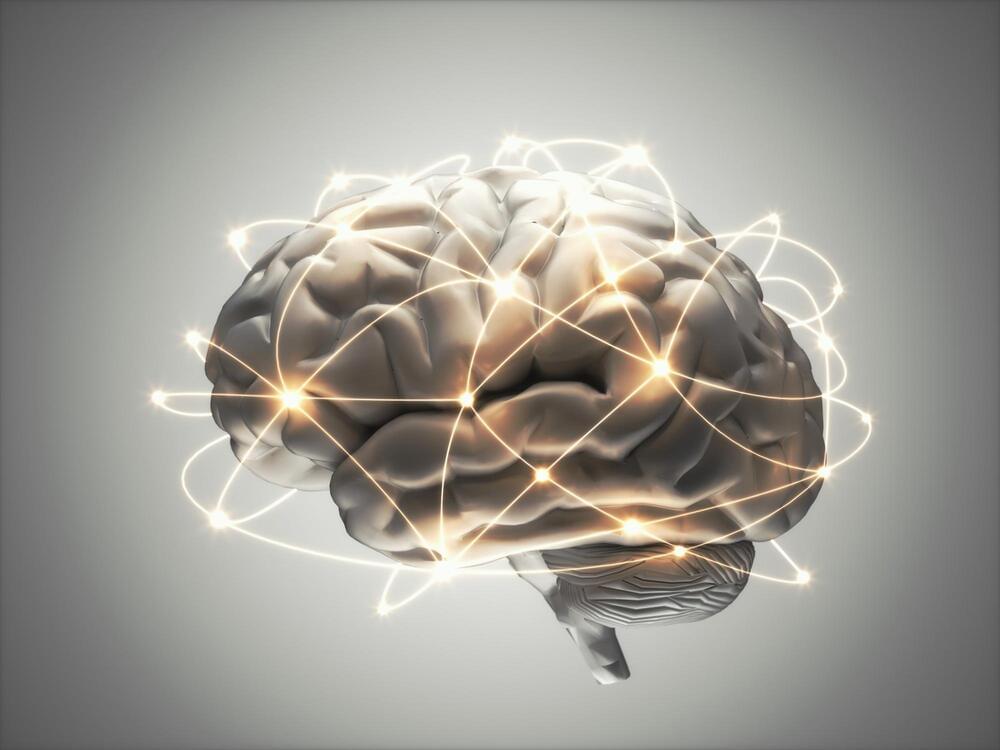Page 4861
May 11, 2022
The Ideal Qubit? Future Quantum Computers Could Crunch Data With Single Electrons on Neon Ice
Posted by Dan Breeden in categories: computing, quantum physics
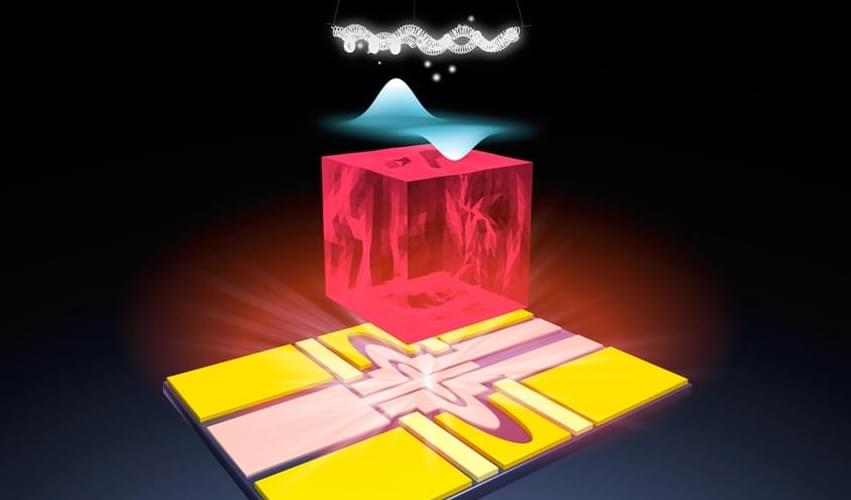
The current state of affairs, however, is a bit more complicated. While quantum computers have officially gone from theory to fact—a remarkable achievement—none are yet practical.
To realize a useful quantum computer, Google, IBM, Microsoft, Amazon, and others are pouring resources into machines that run on a menagerie of qubits. The most popular approach, favored by Google and IBM, involves tiny loops of superconducting wire. Honeywell and IonQ are pursuing atomic qubits made of trapped ions. Researchers in China are building intricate, Rube-Goldberg-like machines on lab benches to run quantum computations with mirrors and light.
May 11, 2022
Satellite mission finds that Tonga volcanic eruption effects reached space
Posted by Saúl Morales Rodriguéz in categories: climatology, satellites
When the Hunga Tonga-Hunga Ha’apai volcano erupted on Jan. 15, 2022, it sent atmospheric shock waves, sonic booms, and tsunami waves around the world. Now, scientists are finding the volcano’s effects also reached space.
Analyzing data from NASA’s Ionospheric Connection Explorer (ICON) mission and ESA’s (the European Space Agency) Swarm satellites, scientists found that in the hours after the eruption, hurricane-speed winds and unusual electric currents formed in the ionosphere —Earth’s electrified upper atmospheric layer at the edge of space.
“The volcano created one of the largest disturbances in space we’ve seen in the modern era,” said Brian Harding, a physicist at University of California, Berkeley, and lead author on a new paper discussing the findings. “It is allowing us to test the poorly understood connection between the lower atmosphere and space.”
May 11, 2022
A thin sensor for computer vision based on a micro lens array (MLA)
Posted by Saúl Morales Rodriguéz in categories: robotics/AI, wearables
Recent technological advances have enabled the creation of increasingly sophisticated sensors that can track movements and changes in real-world environments with remarkable levels of precision. Many engineers are now working to make these sensors thinner so that they can be embedded in a variety of devices, including robotic limbs and wearable devices.
Researchers at Hong Kong University of Science and Technology have recently developed a thin sensor for computer vision applications, which is based on a micro lens array (MLA). MLAs are 1D or 2D arrays comprising several small lenses, which are generally arranged in either squared or hexagonal patterns.
“In this study, we combined an old technology, a micro lens array, with vision-based tactile sensors,” Xia Chen, one of the researchers who carried out the study, told TechXplore. “This work builds on the work using the pinhole arrays to capture the image. We wanted to achieve a thin-format vision-based tactile sensor, as few studies so far focused on changing the imaging system of vison-based tactile sensor.”
May 11, 2022
Computational sleuthing confirms first 3D quantum spin liquid
Posted by Saúl Morales Rodriguéz in categories: computing, particle physics, quantum physics
Computational detective work by U.S. and German physicists has confirmed that cerium zirconium pyrochlore is a 3D quantum spin liquid.
Despite the name, quantum spin liquids are solid materials in which quantum entanglement and the geometric arrangement of atoms frustrate the natural tendency of electrons to magnetically order themselves in relation to one another. The geometric frustration in a quantum spin liquid is so severe that electrons fluctuate between quantum magnetic states no matter how cold they become.
Theoretical physicists routinely work with quantum mechanical models that manifest quantum spin liquids, but finding convincing evidence that they exist in actual physical materials has been a decades-long challenge. While a number of 2D or 3D materials have been proposed as possible quantum spin liquids, Rice University physicist Andriy Nevidomskyy has said there’s no established consensus among physicists that any of them qualify.
May 11, 2022
Artificial cell membrane channels composed of DNA can be opened and locked with a key
Posted by Saúl Morales Rodriguéz in categories: bioengineering, biotech/medical, business
Just as countries import a vast array of consumer goods across national borders, so living cells are engaged in a lively import-export business. Their ports of entry are sophisticated transport channels embedded in a cell’s protective membrane. Regulating what kinds of cargo can pass through the borderlands formed by the cell’s two-layer membrane is essential for proper functioning and survival.
May 11, 2022
Superconducting X-ray laser reaches operating temperature colder than outer space
Posted by Saúl Morales Rodriguéz in categories: particle physics, space
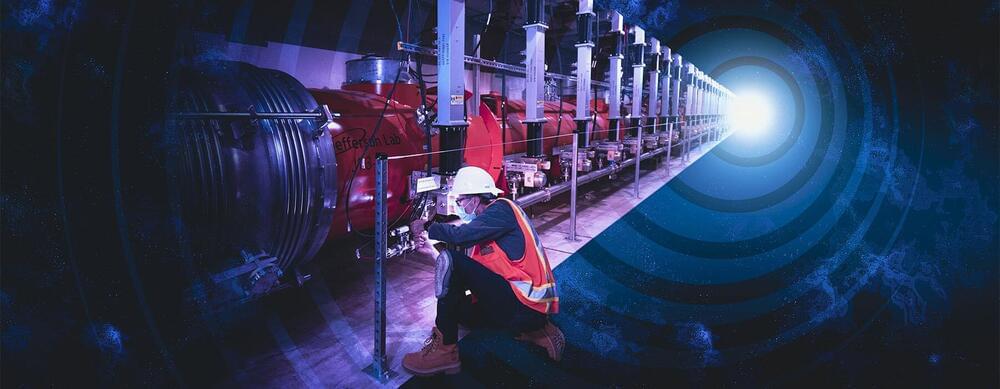
Nestled 30 feet underground in Menlo Park, California, a half-mile-long stretch of tunnel is now colder than most of the universe. It houses a new superconducting particle accelerator, part of an upgrade project to the Linac Coherent Light Source (LCLS) X-ray free-electron laser at the Department of Energy’s SLAC National Accelerator Laboratory.
Crews have successfully cooled the accelerator to minus 456 degrees Fahrenheit—or 2 Kelvin—a temperature at which it becomes superconducting and can boost electrons to high energies with nearly zero energy lost in the process. It is one of the last milestones before LCLS-II will produce X-ray pulses that are 10,000 times brighter, on average, than those of LCLS and that arrive up to a million times per second—a world record for today’s most powerful X-ray light sources.
May 11, 2022
Surprising Discovery: How a Gene Mutation Causes Higher Intelligence in Humans
Posted by Saúl Morales Rodriguéz in categories: biotech/medical, genetics, neuroscience
When genes mutate, it can result in severe diseases of the human nervous system. Neuroscientists at Leipzig University and the University of Würzburg have now used fruit flies to demonstrate how, apart from the negative effect, the mutation of a neuronal gene can have a positive effect – namely higher IQ in humans. They have published their findings in the prestigious journal Brain.
Synapses are the contact points in the brain via which nerve cells ‘talk’ to one another. Disruptions in this communication lead to nervous system diseases, since altered synaptic proteins, for example, can impair this complex molecular mechanism. This can cause mild symptoms, but also very severe disabilities in those affected.
The interest of the two neurobiologists Professor Tobias Langenhan and Professor Manfred Heckmann, from Leipzig and Würzburg respectively, was aroused when they read in a scientific publication about a mutation that damages a synaptic protein. At first, the affected patients attracted scientists’ attention because the mutation caused them to go blind. However, doctors then noticed that the patients were also of above-average intelligence. “It’s very rare for a mutation to lead to improvement rather than loss of function,” says Langenhan, professor and holder of a chair at the Rudolf Schönheimer Institute of Biochemistry at the Faculty of Medicine.
May 11, 2022
Telehealth aims to crack open Paxlovid’s prescription bottleneck
Posted by Omuterema Akhahenda in categories: biotech/medical, health
After months of shortages, pharmacies across the United States are being stocked with drugs to treat Covid-19. Now, the bottleneck has shifted to getting a prescription — and patients and public health agencies are looking to telehealth for help.
“Sometimes we hear telehealth is going to cure all of our challenges with access to health care, and that’s just not the case,” said Michelle Morse, chief medical officer of New York City’s department of health. “It’s a significant step forward in access, and yet there are still equity concerns with telehealth. It’s not a panacea.”
The patients most likely to know about and navigate digital health platforms to access the antivirals are typically younger, more affluent, and already well-served by the health system. And while a small group of public health departments are offering free telehealth, the end of the Health Resources and Services Administration Covid-19 Uninsured program means that uninsured patients may struggle to pay for teleservices, let alone any Covid care.
Continue reading “Telehealth aims to crack open Paxlovid’s prescription bottleneck” »
May 11, 2022
How Austin Lured the Most Workers Back to Offices
Posted by Omuterema Akhahenda in category: security
AUSTIN, Texas—Companies nationwide are struggling to get employees back in the office, but not in Austin.
These days, the city’s workforce is putting in more face time at offices than those in any other major U.S. metro area.
Austin offices are 59%-occupied—and cracked the 60% threshold last month—according to data from Kastle Systems, an office-security firm that records workers’ comings and goings by measuring badge swipes into skyscrapers and corporate campuses.
Continue reading “How Austin Lured the Most Workers Back to Offices” »


